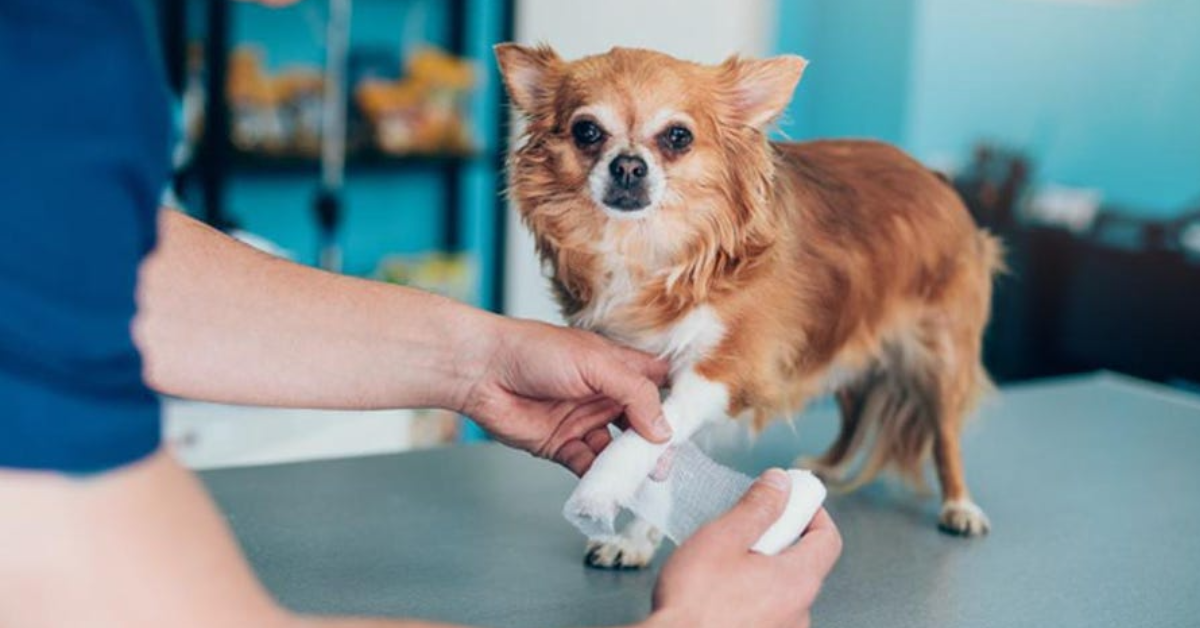
If you’re shopping for pet insurance, it’s important to understand the limitations of the policy—such as treatment for pre-existing conditions, which can add up.
Just like car insurance, which doesn’t cover accidents before coverage begins, pet insurance typically won’t cover any expenses related to ailments or injuries that are already present. Knowing what counts as a “pre-existing condition” is crucial.
Does Pet Insurance Cover Pre-Existing Conditions?
Due to the cost of treating pre-existing conditions, and the relatively short lifetime of a pet (dogs live on average 10 to 13 years depending on the breed), pet insurance generally excludes pre-existing conditions from coverage. It’s a numbers problem: Pet insurers don’t have the luxury of charging many years of premiums in order to offset claims payments for pre-existing conditions.
Pet insurance companies usually consider a pre-existing condition to be an illness or injury that started prior to coverage beginning, including any waiting period.
“It’s important to point out that even if the pet wasn’t diagnosed with an injury or illness, an insurer may still deny coverage if they were showing any signs or symptoms of one prior to coverage starting,” says Alex Stone, founder Petinsurer.com, a pet insurance comparison provider.
For example, if your dog was limping before your waiting period and coverage started, treatment for the leg wouldn’t be covered by the plan.
What Are Pet Pre-Existing Conditions?
Some pet insurance companies put pre-existing conditions into two buckets: curable and incurable conditions.
Curable pre-existing conditions
Pet insurance companies such as Embrace cover curable pre-existing conditions as long as any recurrence is at least 12 months from the date of the last problem. ASPCA’s pet insurance plan will not consider a condition “pre-existing” if it’s curable and there are no symptoms for 180 days (excluding knee and ligament conditions). If the condition recurs after 180 days, it can be covered like a new problem.
Some examples of curable conditions include:
- Bladder infections
- Diarrhea
- Ear infections
- Respiratory infections
- Urinary tract infections
- Vomiting
Incurable pre-existing conditions
On the other hand, there are pre-existing conditions that pet insurance companies consider incurable, such as:
- Allergies
- Arthritis
- Bladder crystals
- Cancer
- Diabetes
- Epilepsy
- Heart disease
- Hip dysplasia
- Kidney disease
- Orthopedic conditions
- Urinary blockages
Many of these conditions require repeat veterinarian visits, ongoing medication and sometimes even surgery. Incurable pre-existing conditions won’t be covered by pet insurance.
Pay Close Attention to Bilateral Exclusions
A bilateral illness or injury is a condition that impacts the left and right sides of the body, such as hip dysplasia or a cruciate ligament tear.
Since there is a greater chance of a pet experiencing the same condition on the opposite side of their body, many insurance companies have bilateral exclusions in their policies. In other words, if your pet had treatment on one side of its body before the policy started, then the other side won’t be covered later.
If your pet experiences a bilateral condition after coverage starts, it’ll be covered just fine.
How to Determine What Pet Conditions are Insurable
As a pet owner, you may struggle to identify what qualifies as a pre-existing condition and what your pet insurance plan will cover.
Medical history reviews are designed to pinpoint any conditions that your policy won’t cover. You’ll know exactly what expenses you’ll be responsible for.
The medical review will take place after you apply for a policy. Once the review is complete, the insurers will often give you the option to cancel if you feel the coverage isn’t sufficient for your pet’s needs.
Finding the Right Insurance for a Pet with Pre-Existing Issues
Even if your pet has a pre-existing condition, you can still obtain pet insurance and it will cover conditions not related to the pre-existing condition. Here are things to keep in mind.
Be a proactive pet owner. “You’ll want to take care of the injury or illness as soon as possible, so the matter doesn’t worsen, resulting in astronomical vet bills. Taking the proper precautions can help prevent other accidents or illnesses from appearing due to the condition,” says Stone.
Keep up to date with your pet’s vaccinations. The last thing you want is your pet to get sick because you didn’t keep them up-to-date with their shots. Many insurers will deny a claim if your pet becomes ill because they weren’t vaccinated according to your veterinarian’s guidance.
Compare pet insurance policies Even though pet insurance won’t cover incurable pre-existing conditions, you can find suitable coverage to handle other medical expenses. Compare the obvious things like monthly price and deductible, but also look at other factors such as waiting periods and whether coverage is reduced when your pet gets older.
“When you select an insurance provider for your pet, you’re really trusting the provider to be your pet’s partner for life. This is really important when it comes to making a claim because if you switch to another pet insurance provider during your pet’s lifetime, then any claims with your previous insurer will be treated as pre-existing by the new provider, and therefore wouldn’t be covered,” Stone says.
Which Pet Insurance Companies Cover Pre-Existing Conditions?
Generally, pet insurance companies do not cover incurable pre-existing conditions such as cancer, diabetes and hip dysplasia. But some pet insurance companies will cover what are considered “curable” pre-existing conditions, such as bladder infections, diarrhea and ear infections.
To read the full article, click here.